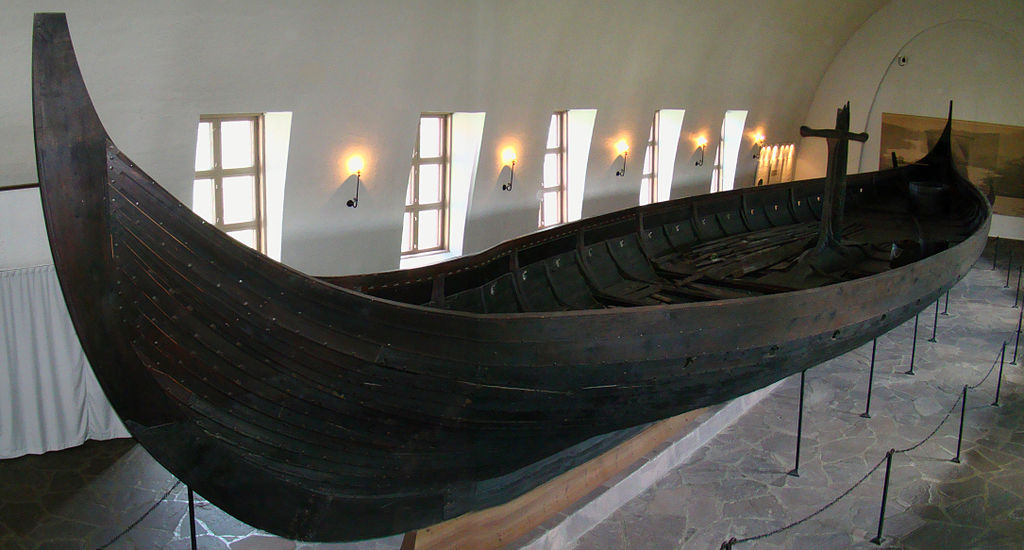The Scandinavians were master sailors and shipbuilders. They ventured on commercial trips, setting out from Birka and other settlements in the Baltic Sea aboard their boats toward the Gulf of Finland, eventually reaching Lake Ladoga. South of this lake was the thriving trading village of Staraya Ladoga. The Scandinavians reached other popular trading locations via Novgorod to Volkhov, then along the Volga to the lands of the Bulghars and the Khazars, and along the Dnieper to Byzantium via Kiev. They were prepared to fight for their lives and for the goods they carried. For this reason, trade and piracy frequently blended. They traded in highly coveted commodities such as hides, furs, slaves, walrus ivory, honey, wax, and amber. Another method of obtaining trade goods was the collection of tribute or taxes in the form of raw materials or money from rival neighbouring settlements. Market towns developed along these river routes, gradually forming a thriving trade network that was frequented by craftsmen and merchants seeking supplies. Fortifications and garrisons offered protection against unfriendly populations. Scandinavian warships and commercial ships differed with the former being long and narrow and the latter being wider to carry supplies and loot. The Volga River route was the main gate to locations east and south of Scandinavia. It led through Timerevo near Yaroslav (east of Moscow) to Bulghar, capital of Volga Bulgaria, in the mid-Volga and important centre for interregional trade. From there the route traversed Khazaria, a vast area that extended from the Volga-Don steppes to the eastern Crimea and the northern Caucasus, and controlled trade between Northern Europe, the Russian lands, China and the Middle East. The journey of Scandinavian merchants often concluded in Baghdad, capital of the Abbasid Caliphate. Arab travellers and diplomats write about Muslim-Scandinavian encounters. The ninth century Persian geographer Ibn Khurradadhbeh describes the Scandinavian trade routes to the East and the Norsemen’s encounters with the Abbasid Caliphate, in AD 846-847: "They also follow another route, descending the River Tanais, the river of the Saqaliba, and passing by Khamlij, the capital of the Khazar. There they embark upon the Caspian Sea, heading for a point they know. Sometimes they transport their merchandise on camel back from the city of Jurjan to Baghdad". Ahmad Ibn Fadlan, envoy of Caliph al-Muqtadir to the inhabitants of Volga, encountered Scandinavian merchants in Bulghar in AD 922: "I saw how the Northmen had arrived with their wares and pitched their camp beside the Volga. Never did I see people so gigantic". Other Scandinavians followed the Dnieper River route. By way of the Black Sea, they advanced to Constantinople, the famed capital of the Byzantine Empire and the most important centre of political and economic power in Europe at that time.


